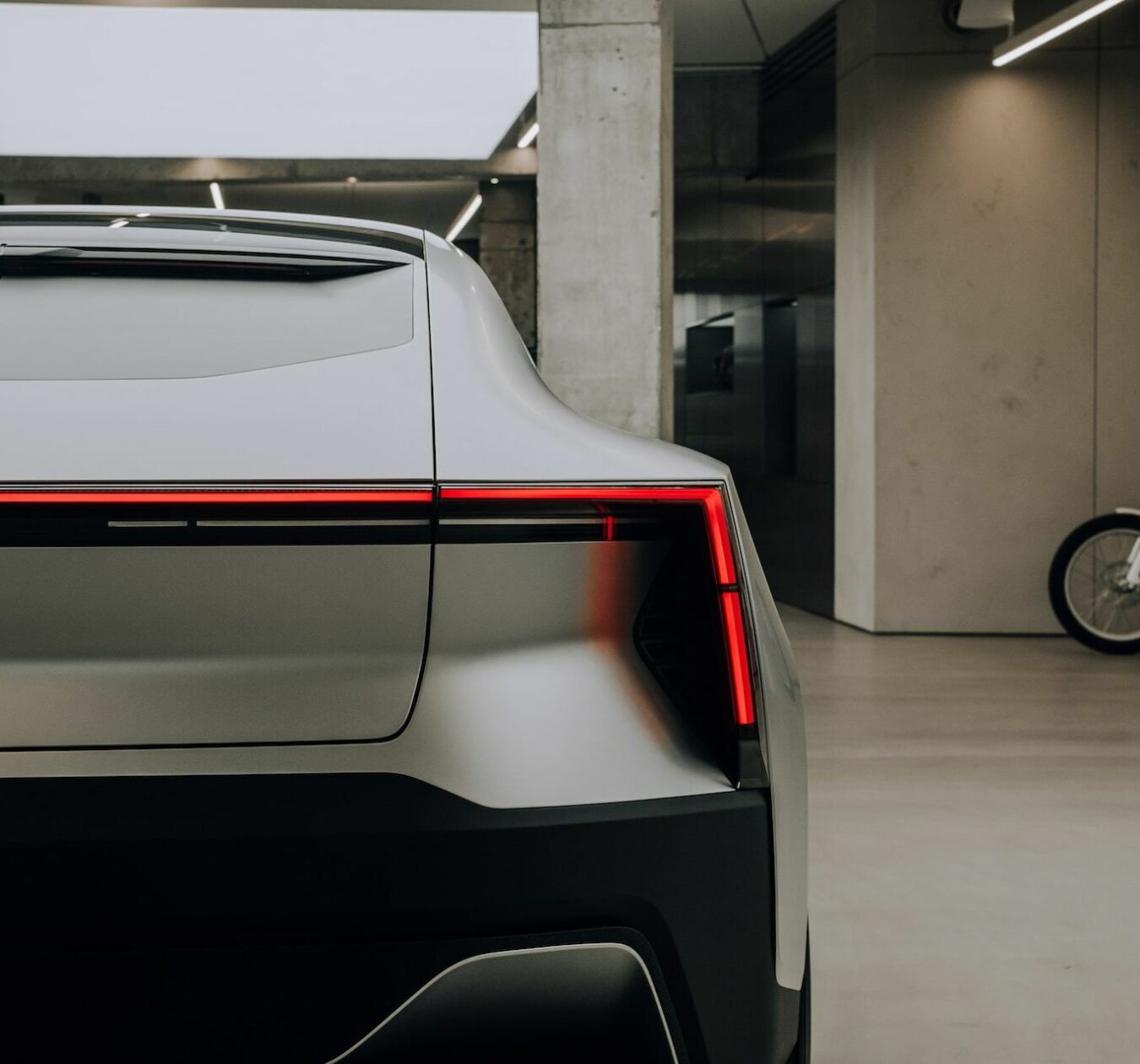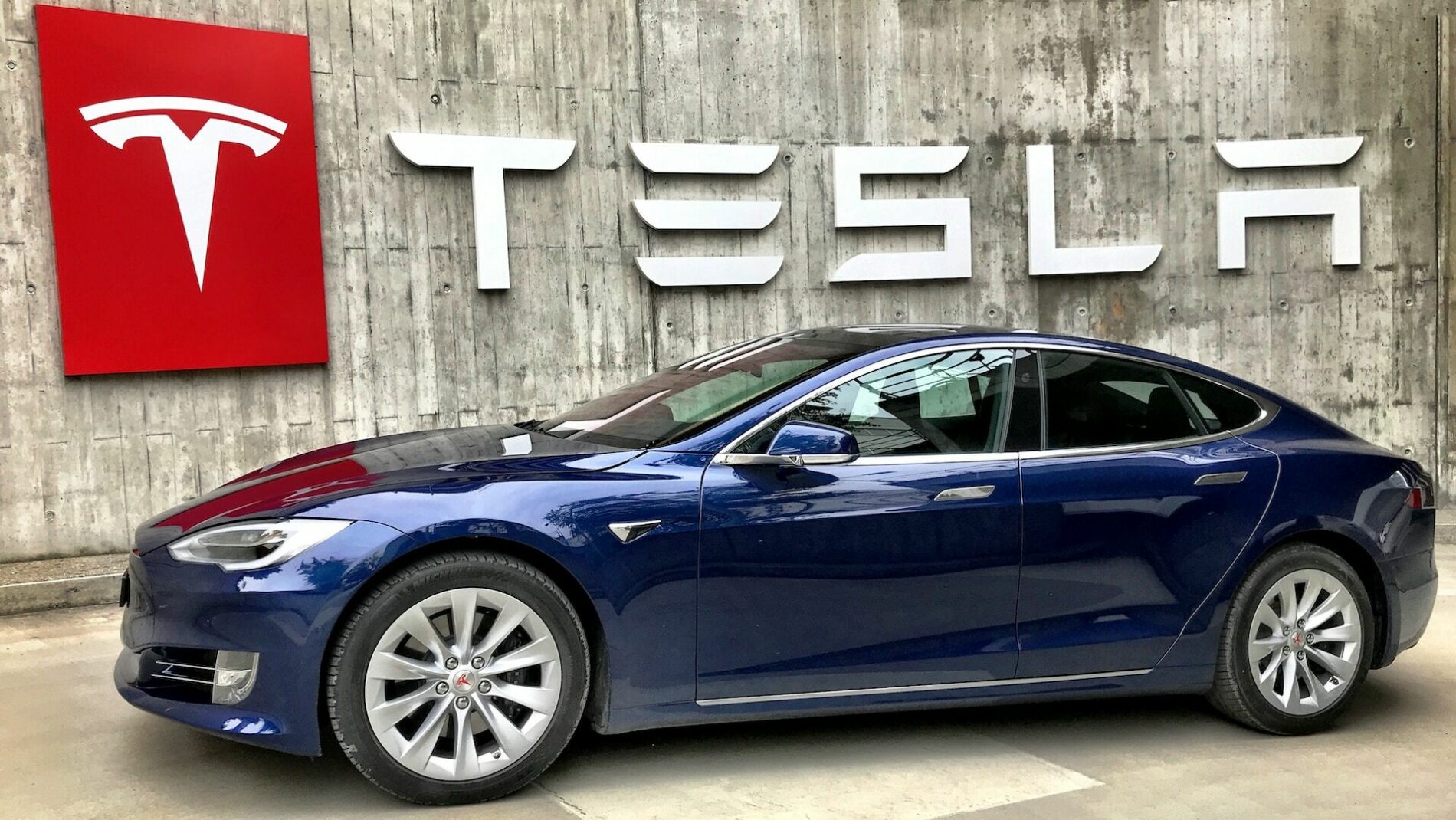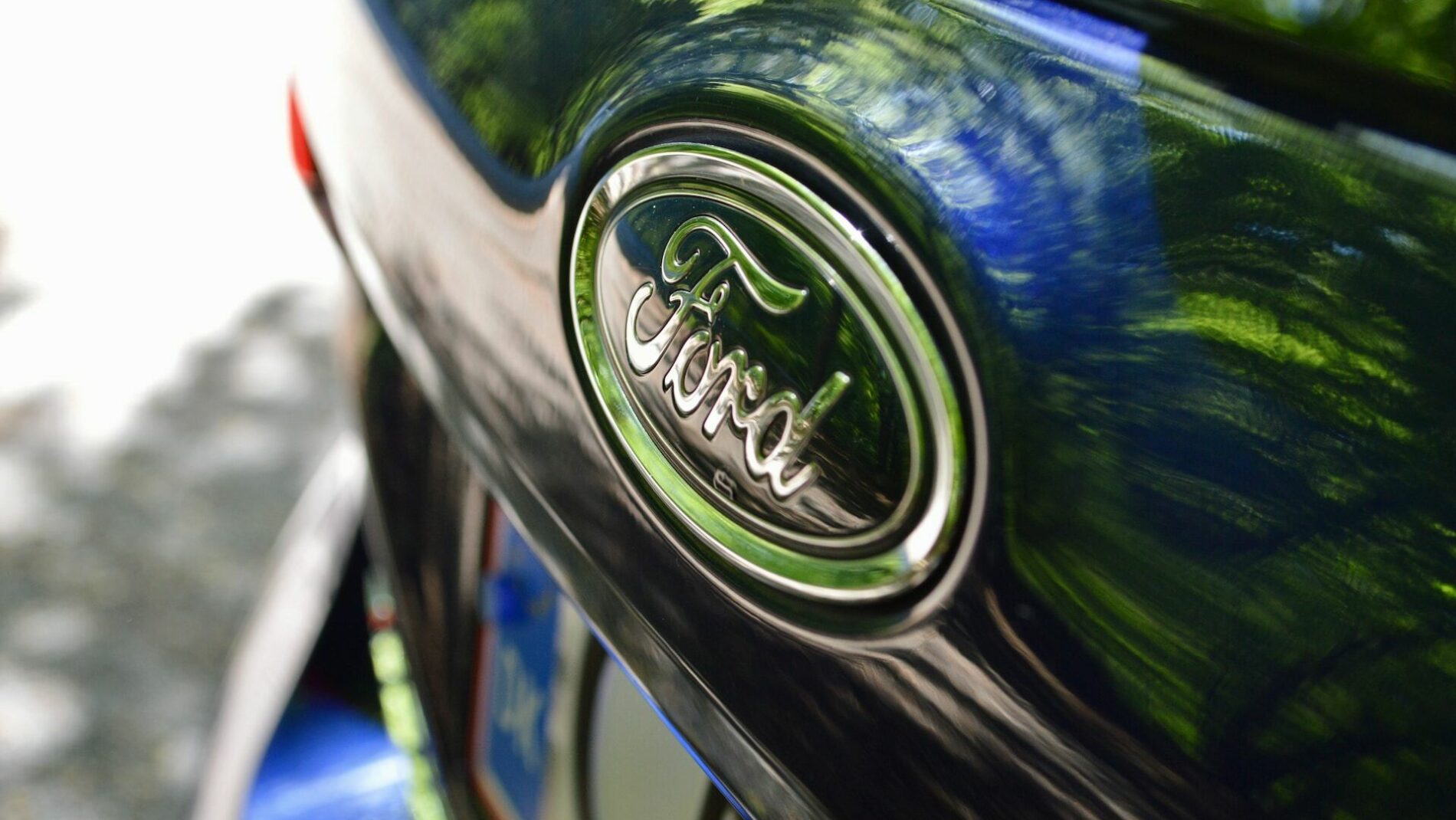How Core Consumer Values Are Influencing the Evolution of Electric Vehicles
The automotive industry is on the brink of a major transformation and “there’s no turning back,” according to current President Joe Biden. One of the things driving this shift is the emergence of the electric vehicle (EV). For the first time since the dawn of the 20th century, the value associated with internal combustion engines is being challenged by technology that cannot be ignored. It’s not a matter of “if” anymore, rather “when” EVs will overtake the market and become the norm for new vehicle owners across America.
This year, electric cars dominated the commercial breaks with eight different electric vehicle (EV) commercials during Super Bowl LVI. Recently, GM announced plans to retire combustible engines by the year 2035. And according to Autonews.com, there are nearly 100 EVs headed to the U.S. through 2024. It’s expected that EV sales in the U.S. will grow from around 500,000 vehicles in 2021 to over 4 million in 2030.
This seismic shift offers opportunities for auto companies both new and established to extend their brand image and broaden their appeal to new customers. But who are these EV buyers? What do they value in an EV brand? And how do they decide which EV to buy? The majority of them belong to a powerful consumer super group we call the New American Middle (NAM).
The NAM is responsible for over 50% of purchasing power in the U.S. and EV auto manufacturers that modernize their marketing strategies to serve their wants, needs and values will quickly surge ahead of their competition in grabbing their share of the EV market.
New American Middle Values
For over five years, we have studied, assessed, curated, and done numerous deep dives from various data sources to understand what values influence the NAM for our clients. How do they feel about “big” brands, bargains, convenience, authenticity, transparency? Is how they see the world important to them when it comes to supporting a brand? The answers are complicated, but at their core, the answer is YES. The NAM is devoted to supporting brands that support their values. And while they continue to evolve, the way they choose what to buy and where to buy continues to be deeply rooted in their 4 core values: family, community, faith and sustainability.
EV brands that appeal to one or more of these values, and then reflect them back to their audience through modern and innovative marketing, are the ones that will ultimately convert the New American Middle audience. EV brands that don’t, will miss out on a once in a century opportunity to gain the business and ongoing loyalty of the multitude of new EV buyers across the country.
How Will the NAM Choose Which EV Brands to Support?
The NAM expects a fair price for quality goods, but this does not necessarily mean the lowest price. Unlike previous generations, the purchases they make are influenced by much deeper convictions than the bottom line. The NAM pays attention to a brand’s place in the world. Do they treat their employees well? Take a stand for diversity, environmental sustainability, worthy causes? Do they care about the health and safety of their products? With more choices than ever before, these are the types of differentiators that will sway EV customers to choose one brand over the other. They can’t save the planet by themselves, but they can support responsible brands that align with their beliefs.
The Race to Win EV Dominance
The race to be a frontrunner through electrification of vehicles has many players, including both long-established giants and new disruptors. Ford and Tesla are already trading blows and General Motors and the Volkswagen Group are both in it to win it. California startup Tesla already has hundreds of thousands of devoted fans, millions of cars on the road, and they are likely to become the first ground-up U.S. carmaker to survive in almost 100 years.
Over the next decade, there will be clear winners and losers, and although the quality of the EV vehicles themselves is important, winning the hearts and minds of new consumers with smart marketing strategies that plug into what people really want from an EV is even more important.
So how are top EV brands doing on the road to accelerate sales in relation to the values of the NAM? We decided to take a look at some of the many contenders:









